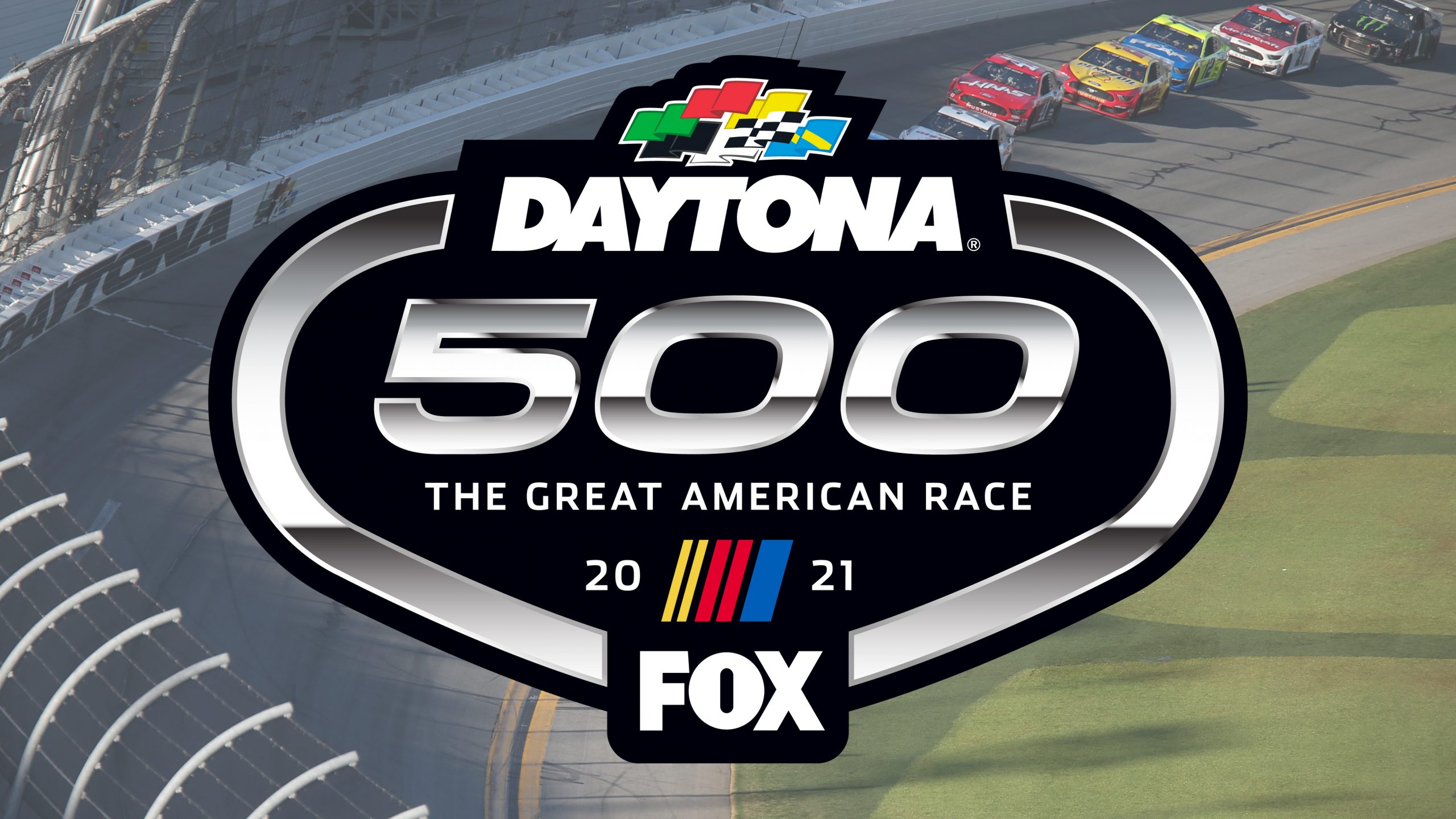Daytona 500: Iconic Race Is Sonic Centerpiece of Fox Sports’ Speedweeks
Sound from track, road courses is produced by sparse, spread-out audio crew
Story Highlights
“Due to the ongoing COVID-19 pandemic, the 2021 Daytona 500 and Speedweeks events … will look a little different,” the iconic race’s website advises. Its sound, however, will be as big and as loud as ever.
 2021 NASCAR Speedweeks started Feb. 9 with the Busch Clash invitational on the Daytona road course, followed on successive days by the Daytona 500 qualifying runs, the Bluegreen Vacations Duel that determines main-race starting positions, the NextEra Energy 250 Camping World Trucks match, and the Lucas Oil 200 Driven By General Tire race, all leading up to the main event — the Daytona 500 — on Valentine’s Day.
2021 NASCAR Speedweeks started Feb. 9 with the Busch Clash invitational on the Daytona road course, followed on successive days by the Daytona 500 qualifying runs, the Bluegreen Vacations Duel that determines main-race starting positions, the NextEra Energy 250 Camping World Trucks match, and the Lucas Oil 200 Driven By General Tire race, all leading up to the main event — the Daytona 500 — on Valentine’s Day.
The audio crew will have been onsite long before that — or, more precisely, onsites. Like many sports events over the past year, the big race will have many of its crew members working remotely. At Daytona International Speedway will be Fox Sports A1 Kevin McCloskey, aboard Game Creek Cleatus remote-production truck, and submixer Chip Weaver, in the stadium. Supporting them will be Andy Roston, working race car and truck comms from New York; Radio Editor Jeff Bratta, working from home in Georgia; and Radio Mixer Zach Bayer, at home in Richmond, VA, on a Calrec Brio console. The tape operator is in Pittsburgh, and video editing is done at Fox Sports studios in Charlotte, NC. Doug Wilson, in charge of comms, is at the Speedway.
The technical diaspora is significantly larger than last year’s, the first time a sizable REMI effort produced this race event. That included real-time commentary by experts Larry McReynolds and Jamie McMurray from a bespoke multi-purpose virtual-studio set deployed in the Fox Sports Charlotte studios for the pre- and post-race shows. The signals were transmitted over fiber and transferred to MADI for the onsite audio mixers.
This year, team communications radio is being moved via Unity Intercom’s internet-based AoIP platform, an estimated 64 channels each direction, and is converted to MADI for use on the broadcast campus.
Last year’s race saw the first inklings of REMI, with some technical and talent participants located in Los Angeles and Charlotte, reductions and dispersions that observers attribute to a combination of COVID and industry economics.
“This year,” says McCloskey, “there are fewer people overall but many fewer onsite. But, after using [at-home production] this way for football and eight races last year, we’ve gotten it to the point where it works very well. It’s reliable. The Daytona 500 is a huge endeavor, and spreading it around like this increases the complexity, but it’s still very manageable.”
There is a lot to handle. For instance, Bayer is taking in communications from 40 cars — driver, crew chief, and spotter for each, all three on a single RF channel — with frequency management by NASCAR’s Racing Electronics subsidiary. The addition of a road course on Daytona’s “roval” course adds a new wrinkle: right-hand turns, among other things. The Busch Clash will be one of three such stock-car road races this season.
“The road-race sound is more intimate and more discrete than the Daytona 500’s,” notes McCloskey. “They’re taking the turns at slower speeds, so you can hear more of individual cars instead of the huge roar of the 500, picking up sounds from wherever the cameras are along the course.”
One thing that’s not changing is “Crank It Up,” the SFX drum solo that Fox inserts at some point during the race. Made up of a mix directly from Weaver’s Calrec Artemis submix console sent through McCloskey’s main mix, it which sounds awesome in surround.
“Everyone loves ‘Crank It Up,’” says McCloskey. “Can’t imagine doing this race without it.”
